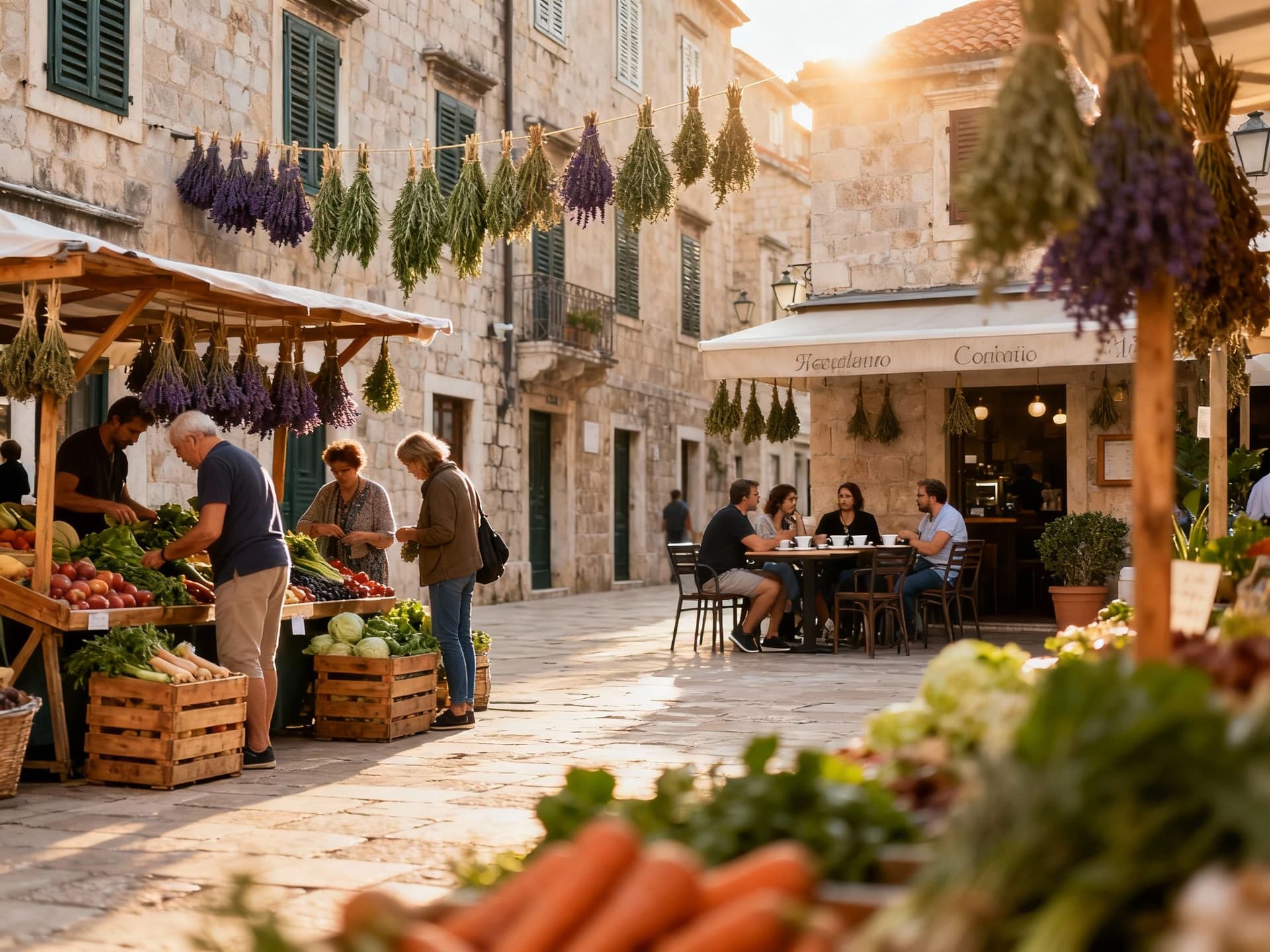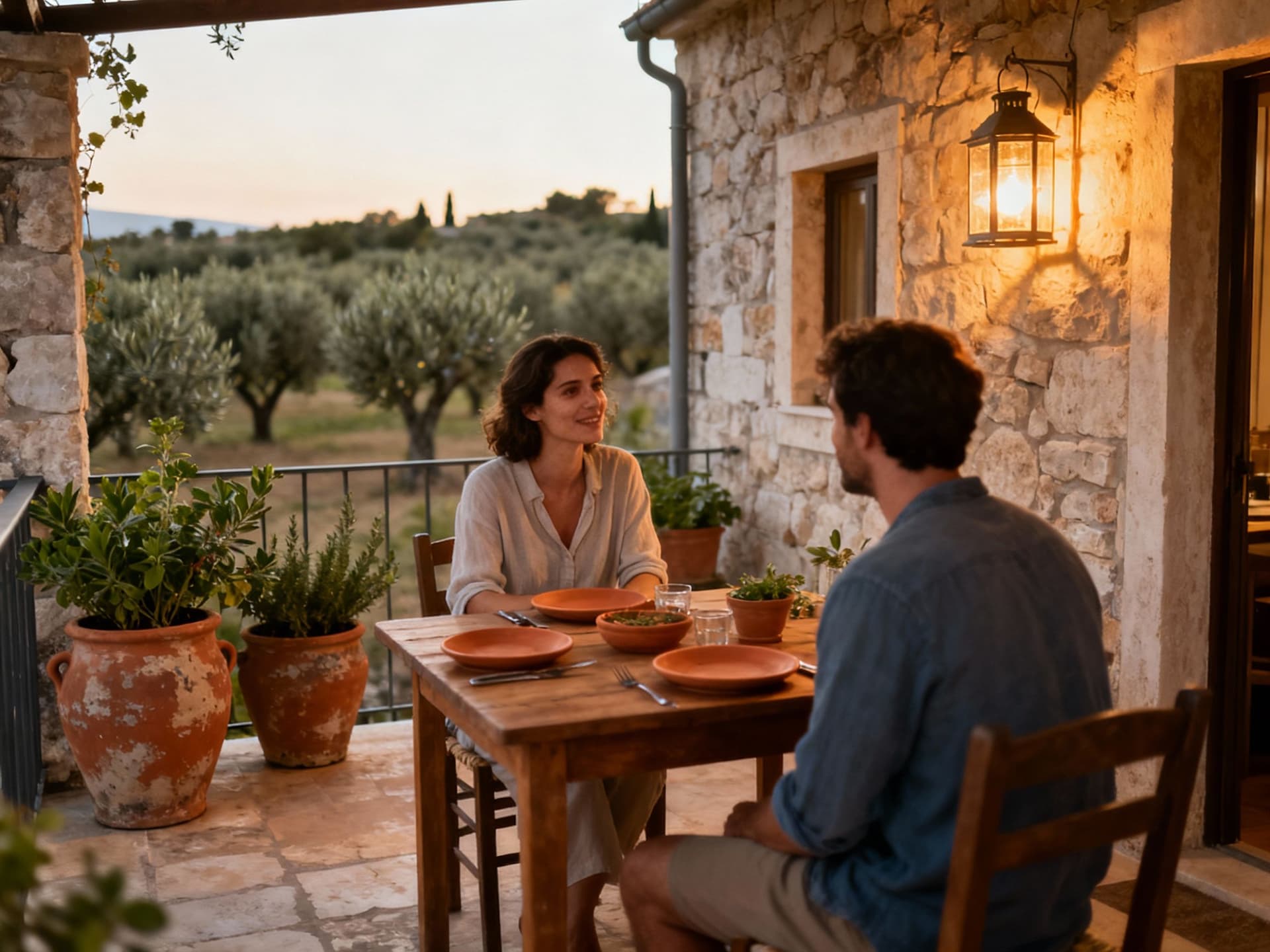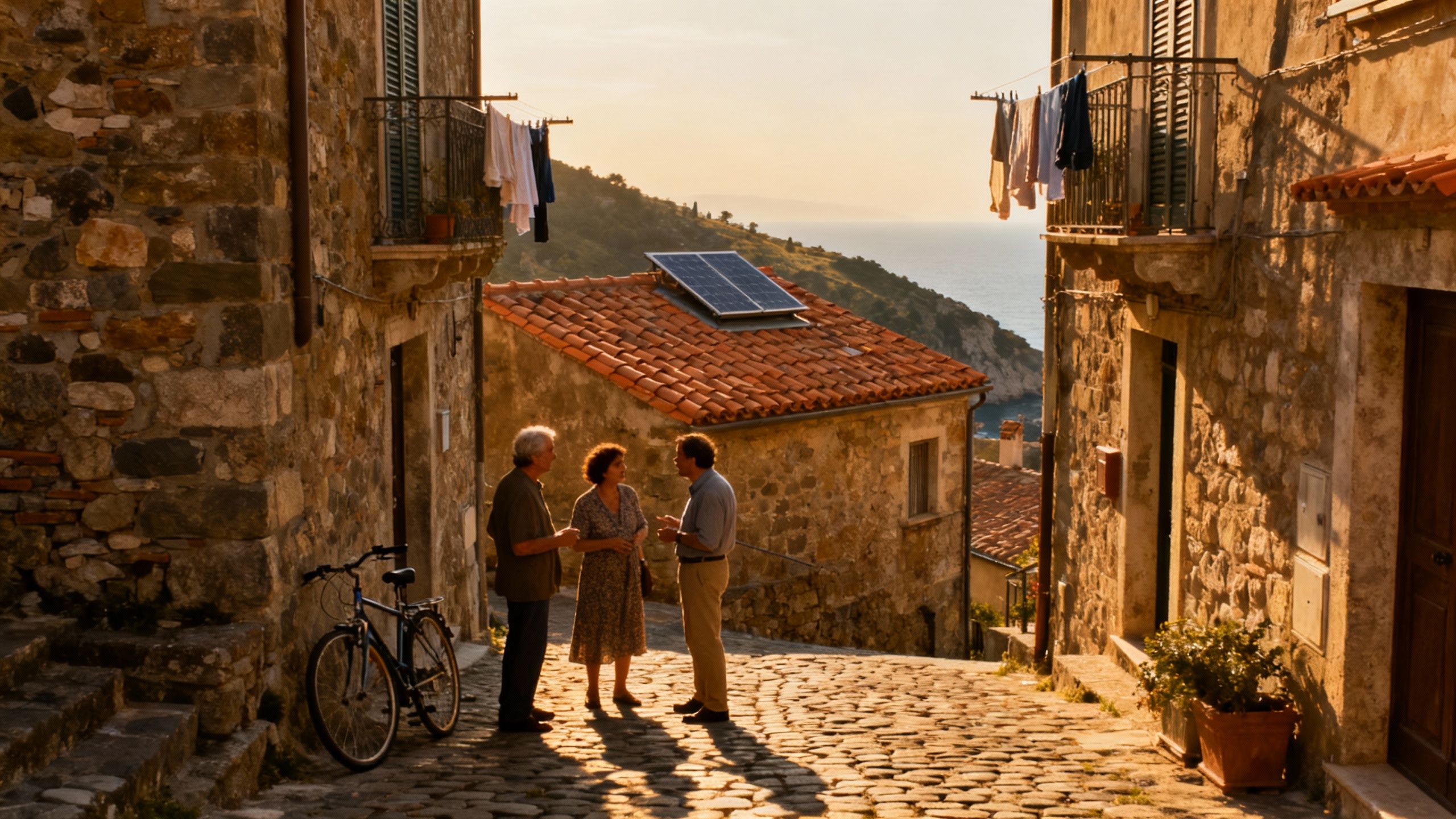Why Coastal Croatia Isn’t Always the Right First Buy
Contrary to postcards, Croatia’s best homes are often inland or small‑town—not the busiest coast. Blend seasonal lifestyle with legal realities for a lasting, eco‑minded purchase.
Imagine waking before dawn in a stone house where the air carries sea salt and rosemary. You walk to a small kafić on Split’s Riva, order a short espresso, and listen as fishermen untangle nets — that image sells Croatia to the world. Yet the smartest international buyers learn to love more than postcard coasts; they read policy, seasonality and neighbourhood rhythms first. According to recent market analysis, foreign demand remains powerful but uneven, and where you buy changes everything.
Living Croatia: more than sunlit terraces

Croatia’s daily life is a slow balance of Mediterranean ease and Central European practicality. Mornings smell of fresh bread and olive oil, afternoons are for markets and siestas in shaded squares, and evenings unfurl over long meals of grilled fish, pršut and crisp local Malvasia. But real life also includes municipal rhythms — trash collection days, summer tourist surges, and winters when many coastal villages become quietly local again. Knowing those rhythms shapes what property will truly feel like home.
Coast vs. inland: contrasting neighbourhood characters
The Dalmatian coast — Hvar, Makarska, Dubrovnik’s outskirts — hums with tourist energy and short‑term rental demand, while Istria’s hill towns like Motovun and Grožnjan offer truffle walks and slow gastronomy. Inland towns and smaller islands, by contrast, often offer quieter streets, stronger community ties and better year‑round living. Recent transaction data shows coastal markets remain active but have cooled; seasonal flux deeply affects rental potential and everyday life.
Where locals actually live: small streets and markets
Walk past Split’s waterfront and take the left into Veli Varoš; head in Dubrovnik from Ploče to Gruž port and you’ll find fish markets and cafés that never close. These are places where neighbours know your name and shops close for a few hours at midday. They aren’t always glamorous in brochures, but they deliver genuine daily life — the baker who remembers your order, the pier where your kids learn to swim, the community garden that yields figs each autumn.
- Local highlights to feel like a resident
- Morning espresso at Café Uliks in Split’s Veli Varoš; market bargains at Zagreb’s Dolac for seasonal produce; sunset aperitifs on Hvar’s Stari Grad waterfront; truffle foraging near Motovun in Istria; cycling the inland paths around Rijeka’s hinterland; small‑island fishing mornings on Šolta.
Making the move: practical considerations with lifestyle in mind

Dreams require paperwork. EU citizens enjoy near‑parity with locals when buying, while non‑EU buyers often need Ministry of Justice consent and proof of reciprocity — a process that can add months. Getting the right local team — a trusted lawyer, an agent who knows village rhythms, and an architect familiar with stone restorations — turns the purchase from transaction into stewardship.
Property types and how they shape daily life
A restored stone house in Istria promises thick walls, cool summers and a garden you’ll tend with neighbours; a coastal apartment buys sea views and summer rental demand but may sit quiet six months of the year. New builds offer insulation and lower running costs but come with VAT and higher upfront taxes. Think of property type as a lifestyle blueprint: what seasons do you want to live in, who do you want nearby, and how hands‑on do you want to be with maintenance?
Working with local experts who preserve place
- 1. Hire a bilingual lawyer early to obtain OIB, check land registry and advise on reciprocity approvals. 2. Choose an agent who lives in the area and can show winter as well as summer life. 3. Commission an energy and condition survey focused on insulation, water supply and septic systems. 4. Plan for VAT or transfer taxes depending on new build vs secondary market and budget 4–8% extra for closing costs.
Insider knowledge: what expats say — the unwritten rules
Expats often tell the same surprising truth: the most coveted seaside view isn’t always the best daily life. High foreign demand has inflated coastal prices and seasonal congestion, while inland towns reward patience, lower competition and a closer relationship with neighbours. Recent analyses suggest foreign buyers remain a large presence in Croatia; these dynamics create both opportunity and competition depending on your aims.
Cultural rhythms that change where you buy
Language gently lubricates life: basic Croatian goes a long way at markets and with neighbours, but many service providers speak English in tourist towns. Social life centers on family gatherings, church feasts and market days — attending these connects you quickly. Respect local schedules: many shops close midday, municipal paperwork follows local hours, and festivals can close entire streets for days.
Long‑term stewardship: thinking like a neighbour, not a speculator
Croatia is experimenting with tax policy to nudge long‑term rentals and community use of empty homes. Owners thinking beyond short‑term gain — investing in energy upgrades, native landscaping and local hiring — fit better into neighbourhood life and often avoid regulatory pushback. Consider solar hot water, upgraded insulation and greywater solutions that lower running costs while respecting local aesthetics.
- Practical red flags and green checks
- Unclear land registry entries or multiple heirs; missing building permits for additions; unreliable water supply on small islands; poor insulation and single‑glaze windows in older homes; properties listed as “turnkey” that lack energy certificates.
Moving here often transforms life more than it does your work. You swap calendar power for seasonal rhythms: morning markets set the week, and neighbours become your extended family. If you choose a place for its lived‑in authenticity — a cobbled lane in Hvar Town, a quiet Istrian hilltop, or a small Zagreb street lined with chestnut trees — you’ll find the small daily pleasures replace the rush you left behind.
If you’re ready to explore, start by visiting outside high summer, meet local agents who live where they sell, and ask about energy bills, community plans and hidden seasonal closures. An agent who values place and sustainability will help you match life rhythms with legal reality — so your purchase becomes a lasting home that belongs in its landscape, not just a line on a ledger.
Swedish advisor who left Stockholm for the Costa Brava in 2019. Specializes in sustainable, sea‑view homes for Scandinavian buyers and green finance insights.


